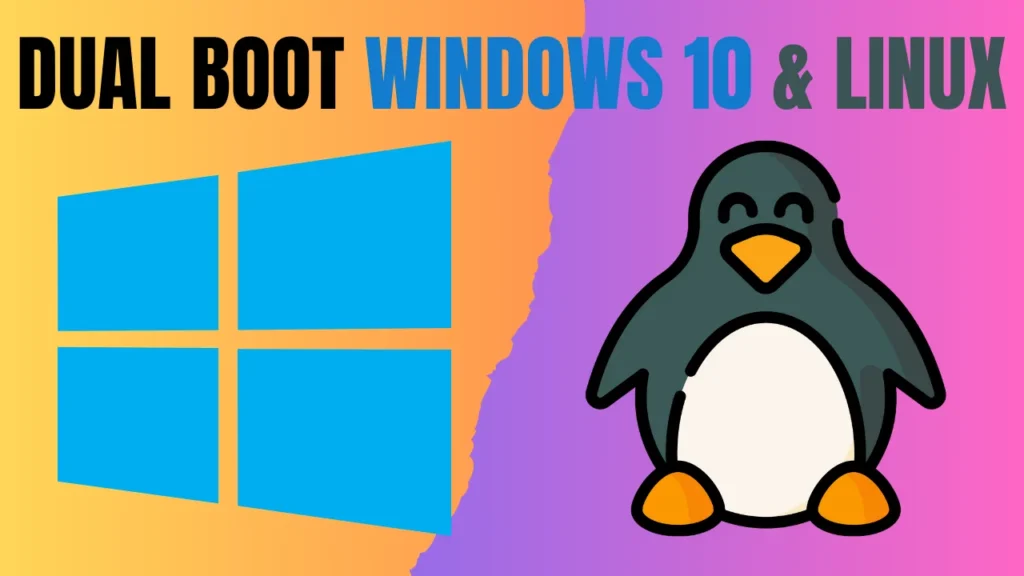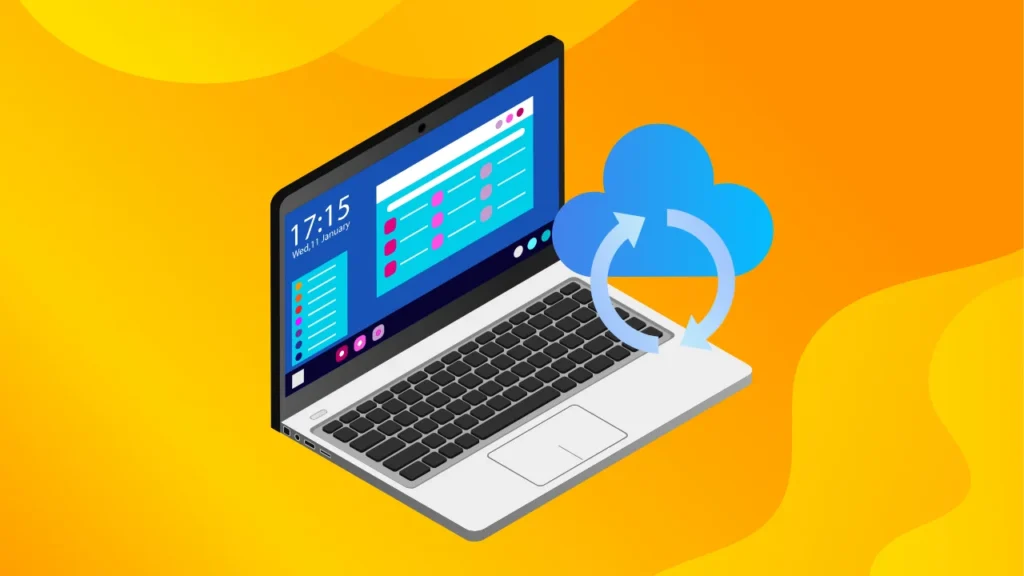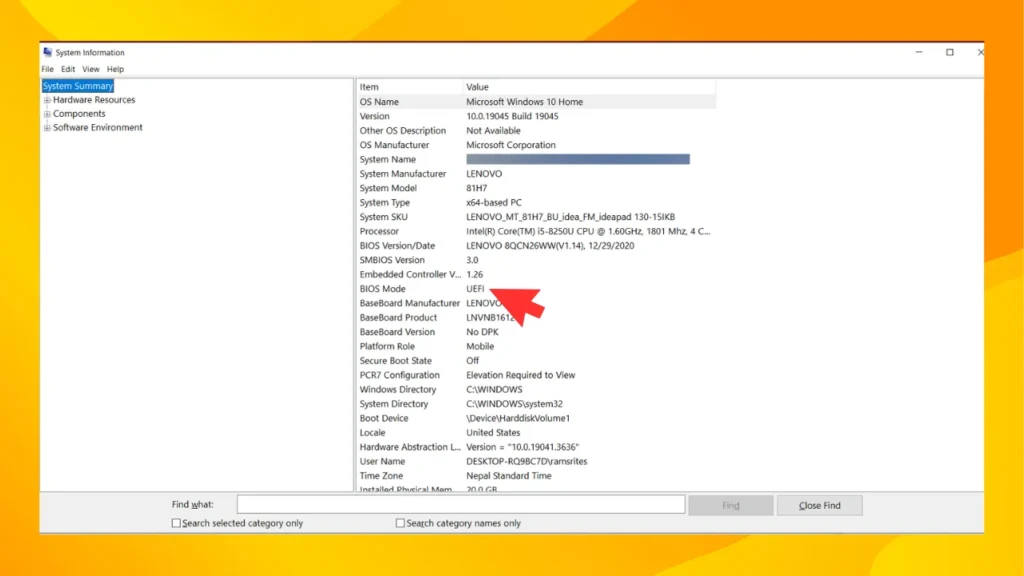Dual booting Windows 10 and Linux may sound complicated, but trust me—it’s not as hard as it seems. I remember being in your shoes, a little anxious about messing with my PC.
After going through the process and using it for over a week, I can say it’s a rewarding experience. You get the best of both worlds: the familiarity of Windows and the power of Linux.
In this guide, I’ll break everything down into simple, easy-to-follow steps so that even if you’ve never installed an operating system before, you’ll be able to dual boot Windows 10 and Linux like a pro.

Table of Contents
Why Dual Boot? What’s the Big Deal?
I asked myself the same question before starting this journey. Why not just stick with Windows? Well, here are some reasons:
- Flexibility: Windows is great for things like gaming and general use, but Linux excels in coding, development, security, and customization. Dual booting gives you access to both worlds.
- Learning Experience: If you’re curious about Linux (or have heard people rave about it), dual booting is the best way to explore it without abandoning your trusty Windows.
- Cost-Effective: Linux is free. Yes, you read that right. You don’t have to shell out any money to get a powerful, customizable operating system.
Let’s Get Started: Step-by-Step to Dual Boot Windows 10 and Linux
Step 1: Back Up Your Data—Seriously!
I can’t emphasize this enough. Before making any changes, back up your data. I’ve seen plenty of horror stories on Reddit from users who lost important files during the installation process.

While it’s unlikely anything will go wrong, you don’t want to take the chance. Use an external hard drive or cloud storage to back up your critical files.
Step 2: Check for UEFI Support
To dual boot Windows 10 and Linux, your computer needs to support UEFI, which is a more modern version of BIOS. It’s likely your system already supports it, especially if it’s from the last decade. To check:
- Press
Windows + R, typemsinfo32, and hit Enter. - Look for BIOS Mode in the window that pops up. If it says UEFI, you’re good to go!

Most newer machines support UEFI, but it’s always a good idea to confirm before proceeding.
Step 3: Create Space for Linux
To install Linux, you need some free space on your hard drive. Don’t worry—you won’t lose your Windows installation. All we’re doing here is freeing up space for Linux to live on.
Here’s how to do it:
- Press
Windows + Xand select Disk Management. - Find your main partition (usually labeled C:), right-click on it, and select Shrink Volume.
- Shrink it by at least 20 GB. If you plan to do heavy work on Linux, like software development, allocate more space—50 GB should be plenty.
Once this is done, you’ve created the room Linux needs to fit in alongside Windows.
Step 4: Prepare a Bootable USB Stick
Next, you’ll need a USB stick and a tool to make it bootable. Rufus is a fan-favorite for this process.
It’s simple, free, and I’ve had zero issues using it over the years. Many Reddit users swear by it too.
Here’s how to create a bootable USB:
- Download the Linux ISO file (Ubuntu is a good option for beginners).
- Download Rufus and open it.
- Plug in your USB stick, select the ISO file in Rufus, and click Start.
That’s it! In just a few minutes, you’ll have a bootable USB with Linux ready to install.
Step 5: Disable Fast Startup on Windows 10
Before we move forward, we need to disable Windows’ Fast Startup feature. It can sometimes cause issues when dual booting.
Here’s how to do it:
- Open the Control Panel and go to Power Options.
- Click on Choose what the power buttons do.
- Uncheck Turn on fast startup.
Now Windows will shut down completely, which makes it easier for Linux to work alongside it without conflicts.
Step 6: Install Linux Alongside Windows 10
Now it’s time to get Linux installed!
- Restart your PC and boot into the BIOS (usually by pressing F2, F12, or DEL).
- Change the boot order so your USB stick is the first in line.
- Save and exit, and your computer will now boot from the USB stick.
Once the Linux setup starts, you’ll be guided through the installation process. When asked, choose the option to Install Linux alongside Windows Boot Manager.
The installer will handle the partitioning and setup for you. When I went through this step, I was surprised at how user-friendly it was. You don’t need to be a tech expert to follow the prompts!
Step 7: Install GRUB Bootloader
The GRUB Bootloader will automatically install with Linux. It’s what allows you to choose between Windows 10 and Linux each time you start your computer.
Once installation is complete, restart your PC, and you’ll see a menu that lets you pick which system to boot into.
For the first few days, I found myself constantly switching between the two to explore the possibilities. Most users say they stick with one OS for specific tasks, but it’s nice to have options.
Also Read: Rocky Linux vs CentOS: Which is Better for Servers in 2024?
Step 8: Choose Your Operating System
After rebooting, you’ll see the GRUB menu, where you can select either Windows or Linux.

If you don’t choose, it will automatically boot into Linux after a few seconds (you can change this setting later if you prefer Windows as the default).
FAQs
Yes! Dual booting is generally safe if you follow the steps correctly. However, as I mentioned earlier, backing up your data is always a good idea, just in case something unexpected happens.
Absolutely. You can remove Linux and revert to a single-boot system by deleting the Linux partitions and repairing the Windows bootloader. It takes a bit of research, but it’s definitely possible.
For beginners, I always recommend Ubuntu. It’s easy to install, has a huge support community, and is very user-friendly. Other good options are Linux Mint or Fedora.
No, dual booting won’t slow down your computer. Both operating systems run independently. The only downside is that each OS will take up space on your hard drive.
Conclusion
Dual booting Windows 10 and Linux opens up a world of possibilities. Whether you want the reliability and software support of Windows or the customization and security of Linux, you don’t have to choose between them.
By following these simple steps, you’ll have both running on your computer in no time.
I personally found this setup to be incredibly useful for development and experimentation. After a week of dual booting, I’m hooked! Plus, having Linux at my fingertips means I can try out new software and skills without sacrificing my Windows setup.
If you’re ready to give it a shot, go for it. And remember—if you run into any issues, there are tons of helpful communities online, like Reddit’s r/linux and r/Windows10, where users share their experiences and tips.
